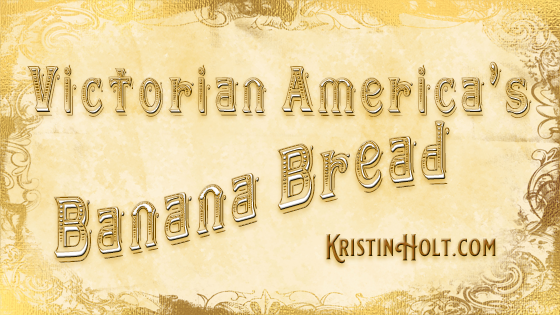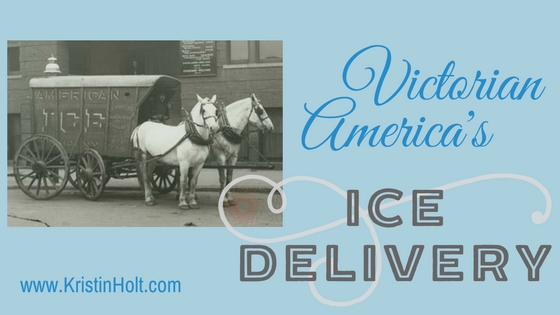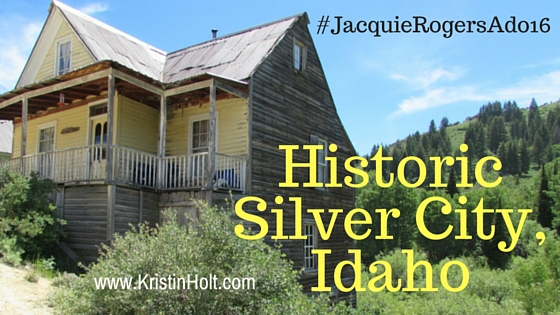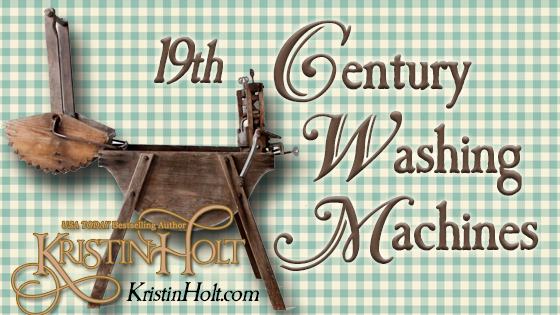
by Kristin Holt | Feb 23, 2019 | Articles
Today, February 23, is National Banana Bread Day. While banana bread (as we now know it) became a staple among home bakers in the 1930s, banana bread had its start in the late Victorian era where “banana flour” came to the United States from the tropics. Vintage newspaper advertisements show the beginnings of banana bread available in bakeries and homemakers’ awareness of quality nutrition to be found in the imported fruit and “flour.” With or without nuts, banana bread is a hallmark of American quick breads… and our nineteenth century ancestors, complete with baking powder and a wealth of cake-baking knowledge, were prepared for the post-Great Depression’s urge to “use it up.”

by Kristin Holt | Aug 23, 2016 | Articles
Victorian Americans needed ice–for home use, through delivery businesses, on a commercial scale (to keep food from spoiling at the grocery and in railroad transportation). Ice houses were built all over the United States from the independent family’s ice house on their property to the enormous commercial Swift & Co. Ice House storing 60,000 tons annually. Ice harvesting occurred in January and February and kept in storage facilities until the following winter by applying ingenuity, science, and hard work. Men used saws, horse-drawn sleighs, and the strength of their own backs to harvest the cash crop each winter. This article contains vintage photographs, newspaper ads, and science info of the Victorian era.

by Kristin Holt | Jun 26, 2016 | Articles
Historic Silver City, Idaho, nestled deep within the Owyhee Mountains has a rich history of gold and silver mining. The historic town is LIVING HISTORY at its finest! I share a blend of Victorian and modern photos. Historical facts about the town and county too. #JacquieRogersAdo16.

by Kristin Holt | Jan 30, 2016 | Articles
How did 19th century folks go about ordering something from Montgomery Ward or Sears, Roebuck & Co. catalogues? How was payment sent? What about delivery options?

by Kristin Holt | Jul 19, 2015 | Articles
Laundry was a greater challenge– and more work– than most amateur historians comprehend. Even when methods gave way from a washboard to a washing machine, the amount of physical labor required was nothing simple. Manual washing machines didn’t become available until quite late in the frontier era– after the Transcontinental Railroad went through. The washing machine was first available to order through a catalog in the late 1880’s.













